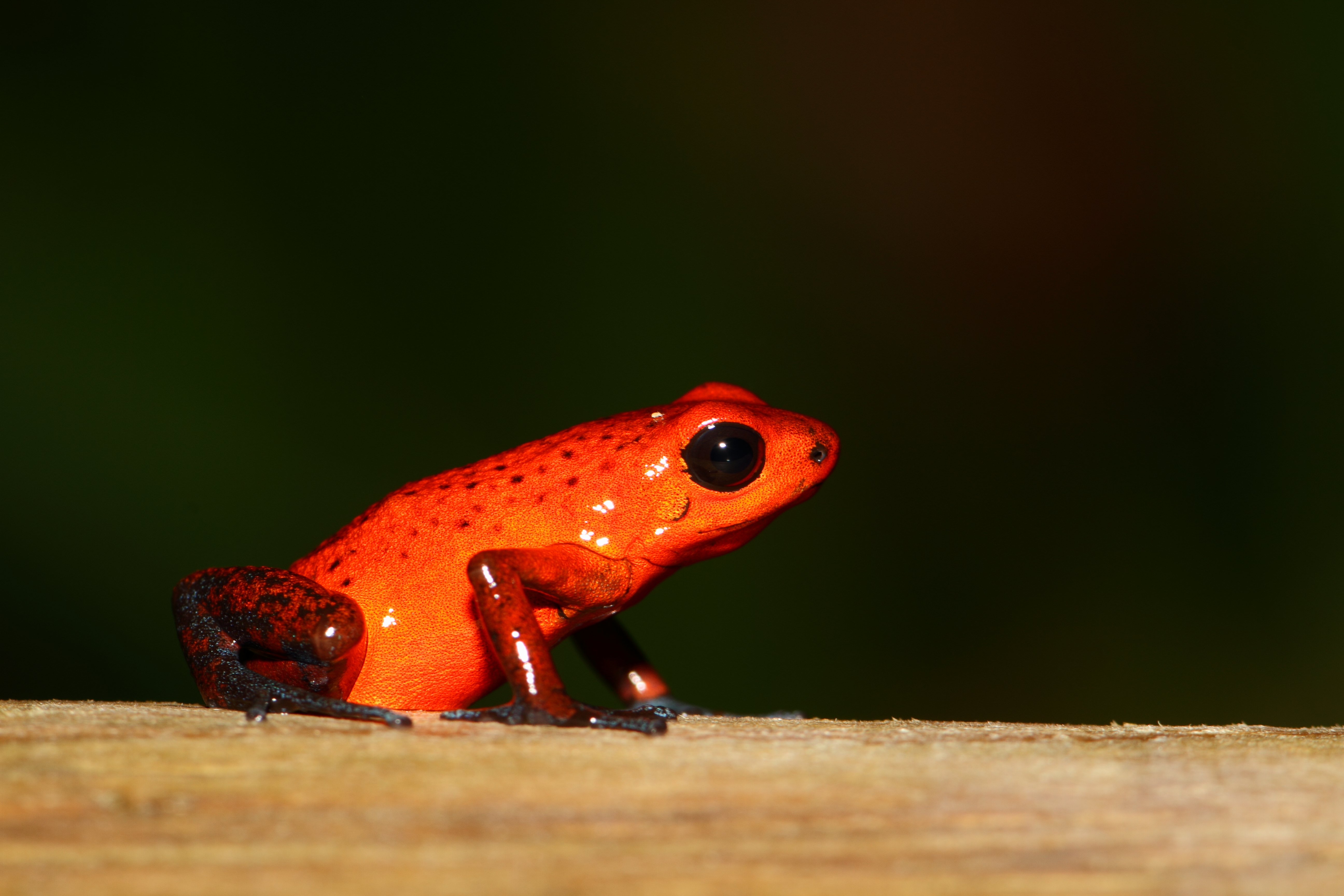
The body is covered with dry and hard skin with no glands. Exhibits external mode of fertilisation.

Some salamanders successfully use the tail for distracting the attention of predators.
What is an amphibians body covered in. They have moist skinamphibians are covered in skin with a protective mucous layer. Impermeable skin covered in scales of keratin. Reptiles differ from amphibians in having skin which is usually covered with horny scales or plates see figure 7.
Reptiles are covered in scaly skin not scales while amphibians are covered in a moist skin. What is a amphibians body covering. Its all about the skin.
First Amphibian skin is smooth and moist. They do not have that thick scaly skin that is a trait of all reptiles. Amphibians do not have scales feathers or even hair like other animals.
Since it does not have that protective covering an amphibians skin can easily dry out. The body is covered with smooth moist and highly porous skin with rich in glands. The body is covered with dry and hard skin with no glands.
The body does not contain any scales. Classification of Amphibia. The Amphibians are divided into three orders.
The classification of amphibia is given below. Apoda Gymnophiona or Caecilia Apoda means without legsThese are limbless organisms with scales on their body. They are also known as blind-worms because their eyes are covered by skin or bone.
Amphibian skin is covered in mucus secretions. This is why it always looks wet and not because all amphibians live in wet areas as is believed. There is a very interesting fact about these animals and that is that they cannot drink water with their mouths so the only way they have to hydrate is by absorbing the water through their skin.
What are amphibians body covering. Amphibians have smooth slimy skin that is covered with mucus secretions. This keeps their skin moist and allows oxygen to pass into their bodies.
Amphibians cannot drink water with their mouths. Water is absorbed through their skin. What makes an animal an amphibian.
Learn about the different characteristics that make an animal an amphibian in this Bitesize Primary KS1 Science guide. Though turtles live in or around water bodies they are not amphibians but reptiles. A reptile is a terrestrial vertebrate covered by a scaly hard shell.
Amphibians are animals adapted to living both on land and in water. Though turtles live in or around water bodies they are not amphibians but reptiles. Amphibians are the sapient extradimensional anthropomorphic inhabitants of the magical swamp-like tropical world of Amphibia.
Amphibians share much in common with their real-life counterparts being cold-blooded have mucus-covered knobby skin and long sticky tongues. Amphibians are bipedal and anthropomorphic with four fingers and two toes and many colors. The official class of amphibians is Amphibia.
Amphibians are vertebrates that require water to survive are cold-blooded and spend time both on land and in water. Though other animals only live on land or in the water amphibians have the unique ability to thrive equally in both. Amphibians cover over 6000 different species across the.
Moist and smooth sheath covered by sticky mucus. Scales or Scutes made up of Keratin cover the body. Exhibits external mode of fertilisation.
Exhibits internal mode of fertilisation. Displays ovoviviparity where embryos within eggs remain in mothers body till hatching. As they are amphibians salamanders have soft moist skin as a body covering.
Salamanders and other water amphibians are usually covered in a thin mucous membrane or a somewhat slimy or sticky. A tail for tailed amphibians is as important part of the body as legs for tailless amphibians. Some tailed amphibians with the help of the tail can hang on a branch or prop themselves when climbing up or use the tail as a pushing fifth leg for jumping.
Some salamanders successfully use the tail for distracting the attention of predators. Amphibians reproduce with either external or internal fertilization. The loud croaking of frogs is their mating call.
Amphibians lay their eggs in water so that they wont dry out. Their eggs are usually covered in a jelly-like substance. The jelly helps keep the eggs damp and offers protection from predators.
Amphibians have smooth sticky moist and highly porous skin to perform the various function whereas reptiles have dry hard and scaly skin which guard them in harsh condition. Amphibians lay their eggs in water which are covered with gel while reptiles lay their eggs on land and have a hard protective shell. Skin is smooth and highly porous.
Skin is dry hard and scaly. The webbed feet help them to swim. They have limbs to facilitate running and swimming.
Their eggs are covered with gel. Their eggs are covered with a hard protective covering. Typically their skin is covered with hair or fur and its limbs can be in a variety of shapes adapted as paws arms wings or fins.
Unlike the other groups mentioned they have many glands in the body such as sweating and mammary glands. They are viviparous that is the embryo develops inside the maternal body in the uterus. Amphibians do not and their skin is often moist with mucus which keeps them from drying up.
While many amphibians including frogs salamanders and caecilians have smooth skin most toads have bumpy bodies covered with raised glands some of which produce toxic secretions. Frogs - Frogs are amphibians of the order anura. They generally have a short body webbed fingers and toes bulging eyes and no tail.
Frogs are good jumpers with long powerful legs. Toads are a type of frog. Two species of frogs are the American bullfrog and the poison dart frog.
Traits of Reptiles and Amphibians Reptiles are vertebrates. Their bodies are completely covered with scales. Reptiles produce shelled eggs or bear live young.
All species fertilize eggs internally. All species of reptiles have at.